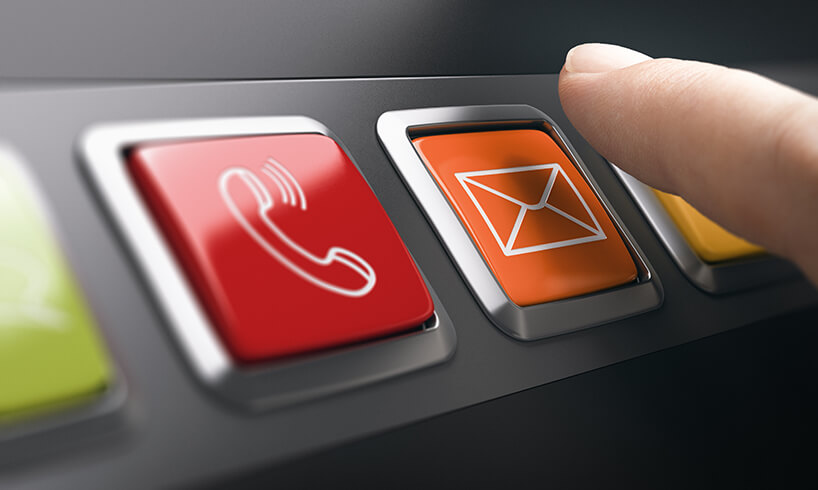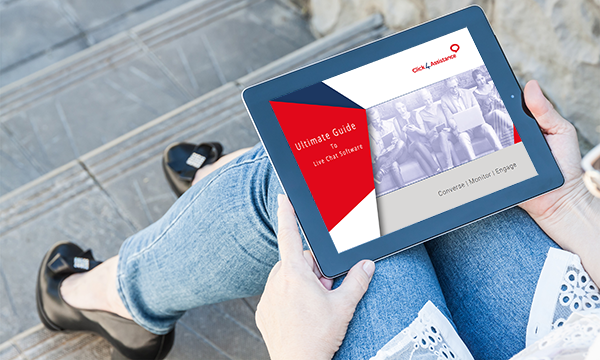How to Configure Queuing

Queuing is a great tool to streamline your business operations, but how can you configure it? Find out how here with our great Click4Assistance tool!
Having reliable technology as part of your business is something you deserve. We provide a wide variety of chat support for websites that streamline the customer service experience. Queuing is one of those things that are crucial to ensure that customer service agents and line managers are able to keep track of who is waiting on the line to contact your business, which is why the queuing function of Click4Assistance’s hosting solution will make a big difference to how your business deals with customers and therefore, will improve your business in so many ways.
What Is Queuing?
Queuing allows visitors to start a chat with an enquiry handler even if the operators have been assigned the maximum number of chats. When a customer service agent has been allocated the maximum number of chats, the queuing functionality allows website visitors to start a chat by joining a queue, rather than being unable to access your services due to an unavailable contact operator. With Click4Assistance’s queuing tool, the visitors can wait in a queue until a contact agent becomes available.
What Are the Benefits of Call Queuing?
When businesses experience high volumes of enquires, it's vital to have the business communicate this to customers. Customers need to know how long it will be until they are able to get through to the person on the other end.
Great for Time Management During Busy Periods
We want high engagement with customers, and when typical chat functions only allow a certain number of people to wait and those people immediately get hung up on, this increases the levels of frustration with customers. Call queuing means that the chat function is still available, regardless of busy periods or fallow ones, so the customer knows there is someone there at the end of the line.
Keeps Customers Engaged
Managing customer service expectations is always crucial. When a customer is aware of their place in the queue, this will increase engagement, and rather than them hanging up and you losing the call, which will have a negative impact on your stats, having visitors engaged in the communication process by them being informed of their position in the queue means they know exactly where they are and how long it will take get to to a contact service agent.
Increases Customisation
One of the benefits of incorporating queuing is that you can compose your own automated messages and make it a far more personal approach for the customer waiting to speak to you. When you are able to define the maximum queue length with an automated message that is apologetic, yet sincere, this can be enough to manage expectations, while also providing a very effective approach to queue administration.
Makes for a Fairly Distributed Workload
From the perspective of contact operators, it's important to make sure that everybody bears the same load. There will be times when a call handler is on a particularly long call with a customer; having a call queuing system means that calls can be distributed fairly. One advisor who has not been taking as many calls as another can have more calls to achieve a fairer balance.
Increases Brand Loyalty
The call abandonment rate is one of the biggest problems for many businesses. When a caller abandons their efforts, this is a big black flag that they are not going to be thoroughly impressed with the business overall. People will abandon calls because they are waiting for an unrealistic amount of time. We need to decrease stress and pressure on the organisation, especially if a customer has been waiting a long time to get to you. Therefore, call queuing is an amazing way to navigate this issue and increase levels of engagement, which translates to greater brand loyalty.
How Do You Use Call Queuing?
Call queuing is an easily implementable function, so let’s show you how you can use it:
1. Queuing will only work if operators have been assigned a max number of chats that they can be allocated, which can be assigned against the “User Type” in the “My Account” module, and select the number of chats under “Max number of chats” section under “Permissions.”
2. To configure go to the “Tools” module on the left-hand side and click on “Chat.” Go down to the “Settings” and go down to the “Activate Queuing” checkbox under the Queuing section of the page.
3. To alter the queuing frequency, the amount of time between each queuing prompt, which is an automated system message that notifies, you can populate the box with a number, which translates to the number of seconds between notification of a customer’s current position in the queue.
4. You can also add a message in the “Queuing Prompt” section, and can use the placeholder to populate the visitor's position in real-time by adding “@QUEUEPOSITION.” For example, “ Your current position in the queue is @QUEUEPOSITION, thank you for holding.”
5. The “Max Queue Length,” the maximum length the queue will reach before the Offline button is shown on your website, which you can change manually by inputting a number.
6. Finally, the Chat Distribution System (CDS) is basically the method in which chats are released from the queue, which can be set to automatically allocate to “Alert all users but don't allocate” or “Alert only the allocated user.”
7. After you have made all your changes, click “Save.”
Are You Looking for Extra Services?
Queuing is an additional functionality within the Click4Assistance software to organise and help your business and contact advisors deal with a high volume of chats. To see the queuing feature in action, take a look at the clip below, or go directly to our YouTube channel for information on other tools within our comprehensive Click4Assistance solution.
If you’re interested in finding out more about Click4Assistance and how our online support can boost your website, take a look at this detailed guide for each of our features, or you can get in contact with our friendly team on 01268 524628 today for a free trial or demonstration.
























